How Plastic Pollution is Killing Our Planet and What We Can Do to Save It.
by Tracey Chaykin.
Although convenient, plastic has become a global concern setting off all kinds of alarms. I had yet to learn how big this had become or how far it had reached socially, environmentally, or corporately. My plight on the subject began with an Art Project for Seabirds and a focus on Plastic pollution. Researching the origins of Plastic pollution concerning the project led me to learn about the “Great Pacific Garbage Patch.” My continued research highlighted its effects on our Wildlife, Ecosystems, and health.
The magnitude Plastic Pollution has had on our Global Environment became increasingly evident the more I looked, which led to learning of a Global Plastic Pollution Treaty. Recycling has become an increasingly important part of our Environment; however, many people are unaware that 99% of the plastic comes from Fossil Fuels. Plastic is formed from organic polymers — giant molecules that link long chains of smaller molecules. We are now seeing the effects of this Plastic pollution on our health and Environment because it enters our water, food, air, soil, and even our bodies.
The Great Pacific Garbage Patch is just one of the many tragedies caused by our overuse of plastic and lack of recycling. The Great Pacific Garbage Patch is part of five offshore plastic accumulation zones in the world’s oceans (One in the Indian Ocean, two in the Atlantic Ocean, and two in the Pacific Ocean). It covers an approximate surface area of 1.6 million square kilometers – equal to an area twice the size of Texas and three times the size of France. Rotating ocean currents form them called “gyres.”
These gyres pull debris into one location, often the gyre’s center, forming “patches.” Sadly, 80% of what ends up in our Oceans and collects in the Garbage patches comes from Land, from rivers in low to middle-income countries without effective waste management. Of the remaining 20 percent (considered marine sources), it’s estimated that around half (10 percent) arises from fishing fleets (such as nets, lines, and abandoned vessels).
The Ocean Cleanup is a non-profit organization dedicated to reducing plastic waste in our oceans. Their research identified the gyres (large areas of swirling ocean currents) as the primary sources of floating ocean plastic. The Ocean Cleanup aims to reduce this amount by 90% by 2040. The organization has developed technology to capture and remove large pieces of plastic before they break into microplastics. Ingesting microplastics can be extremely dangerous for marine Wildlife and potentially humans too. Therefore, preventing plastic from breaking down into smaller particles is essential. The Ocean Cleanup’s research has concluded that Plastic pollution in the world’s oceans is one of our most significant environmental issues, impacting nearly 700 marine species.
Plastic pollution has also been wreaking havoc on our Wildlife and ecosystems, as evidenced by an Art project I participated in with Artists and Biologists Unite for Nature (ABUN) in partnership with the Agreement on the Conservation of Albatrosses and Petrels (ACAP). As part of their 4th World Albatross Day, ACAP focused on Plastic Pollution in the North Pacific. This area is close to the Great Pacific Garbage Patch, and its currents have brought many pieces of plastic to the shores. Unfortunately, when albatrosses and petrels are scavenging for food from the surface, they cannot tell the difference between fish and plastic; thus, many don’t survive with a gut full of plastic. This is just one of many ways plastic pollution affects other species and ecosystems. In addition to Wildlife, research has revealed that Plastic pollution has even altered the geology of specific areas.
The discovery of Plastic rocks on Brazil’s volcanic Trindade Island, for example, is a testament to the pervasiveness of plastic pollution. A recent study has shown that melted plastic has become intertwined with the natural rocks on the island, providing evidence of humans’ growing influence over the Earth’s geological cycles. The sample was found near the green turtle nesting site, and the source is fishing nets, common debris on Trinidad Island’s beaches.
As more and more plastic is thrown away and enters the ocean, it’s becoming an increasingly significant problem for our global Environment.
The presence of plastic pollution in our oceans is not only disrupting the lives of marine species but also changing the ocean’s chemistry and potentially causing dangerous health problems for humans. And with an estimated 170 trillion pieces of plastic weighing over 2 million tons currently afloat in the world’s oceans, this problem doesn’t appear to be slowing down. To put this into perspective, try to imagine the number 170,000,000,000,000—that’s 170 trillion. If we calculate in seconds, that figure equals more than 5 million years. Turned into dollar bills stacked on each other, it would wrap around the Earth’s equator about 462 times!
Reducing plastic pollution is a multi-pronged effort requiring changes in consumer behavior, infrastructure and waste management improvements, and policy changes. Reducing the number of single-use plastics is a good first step. Individuals can make an impact by using reusable bags and containers, avoiding plastic straws and utensils, and refusing single-use items when possible. In addition, recycling is a critical way to reduce the amount of plastic waste produced. Recycling programs must be improved and be more widely available so discarded plastics can be used again.
In a Video for World Recycling Day by Sam Chetin Welsh, a Greenpeace UK political campaigner, he states since 1950, only 9% of all the plastic ever produced has been recycled globally. To combat this problem, we need a strong, ambitious Global Plastics Treaty that can limit the production of single-use plastics and invest in systems to refill and reuse them. The first session of UN negotiations for a Global Plastics Treaty — also known as INC-1 (Intergovernmental Negotiating Committee) — concluded in Punta del Este, Uruguay, on December 2nd, 2022. This treaty is a once-in-a-generation opportunity to limit plastic production and use for human rights, biodiversity, and climate.
For this reason, it is more important than ever to support a global effort that reduces plastic production and promotes sustainable alternatives. We must work together to ensure a future where we can live harmoniously with our planet and all its inhabitants.
We are all responsible for the damage we have caused to our planet, and it is time for us to take action and make a change. The plastic pollution crisis devastates our Environment, endangers our health, and affects our future. It’s time to get serious about our Plastic use and stop it from destroying our planet. We must work together to reduce our consumption of single-use plastics, reuse what we can, and support companies that turn plastic waste into usable products. We can make a difference, so let’s act now!
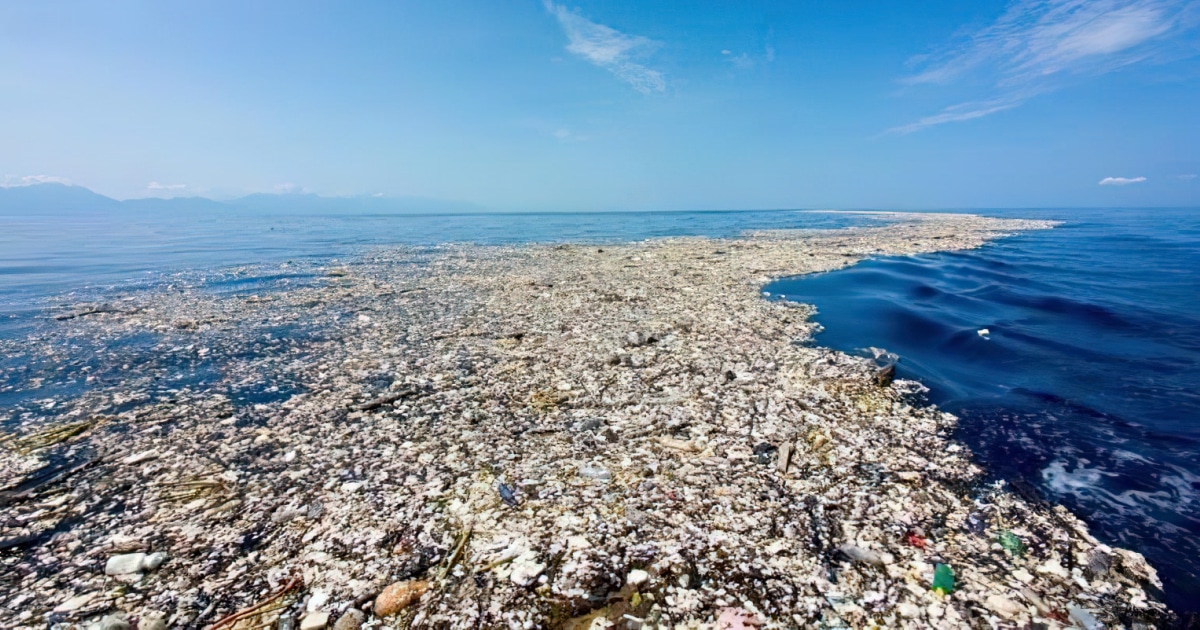
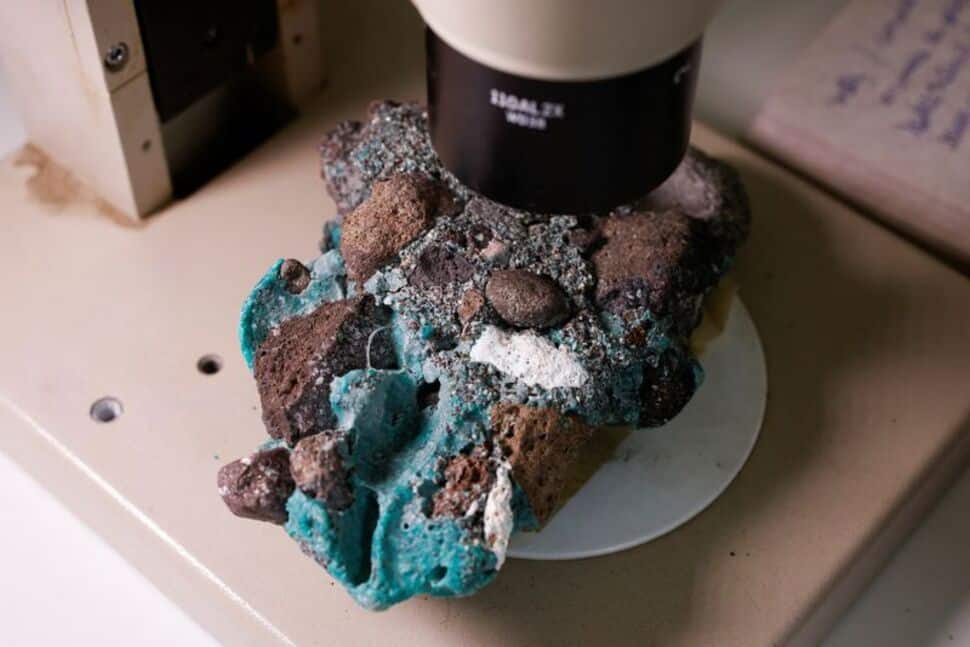
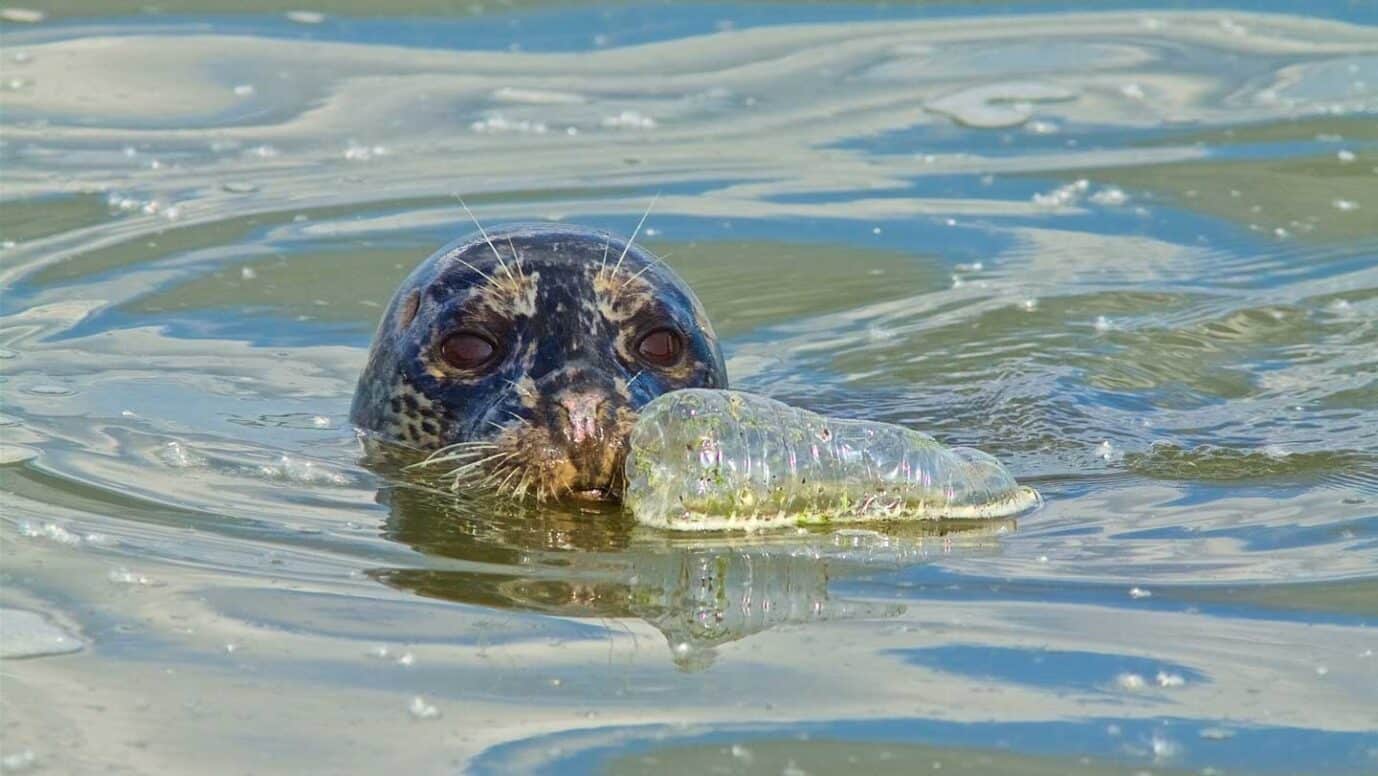
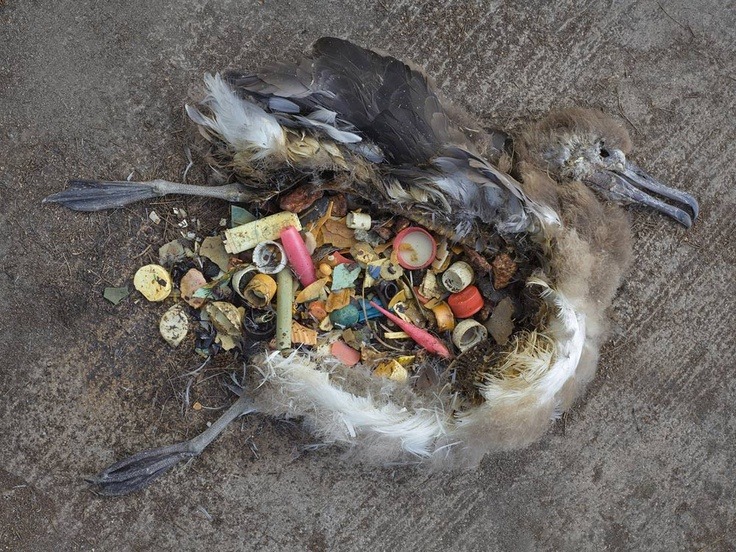
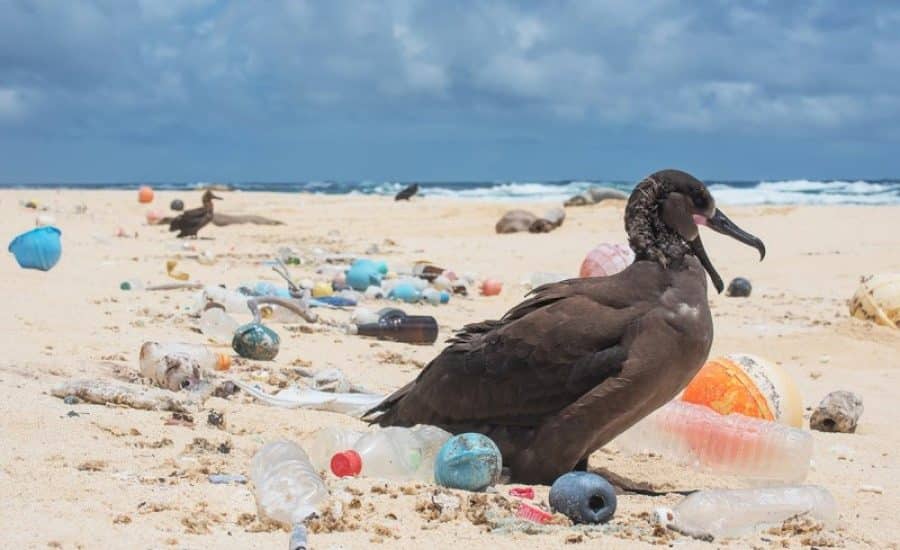
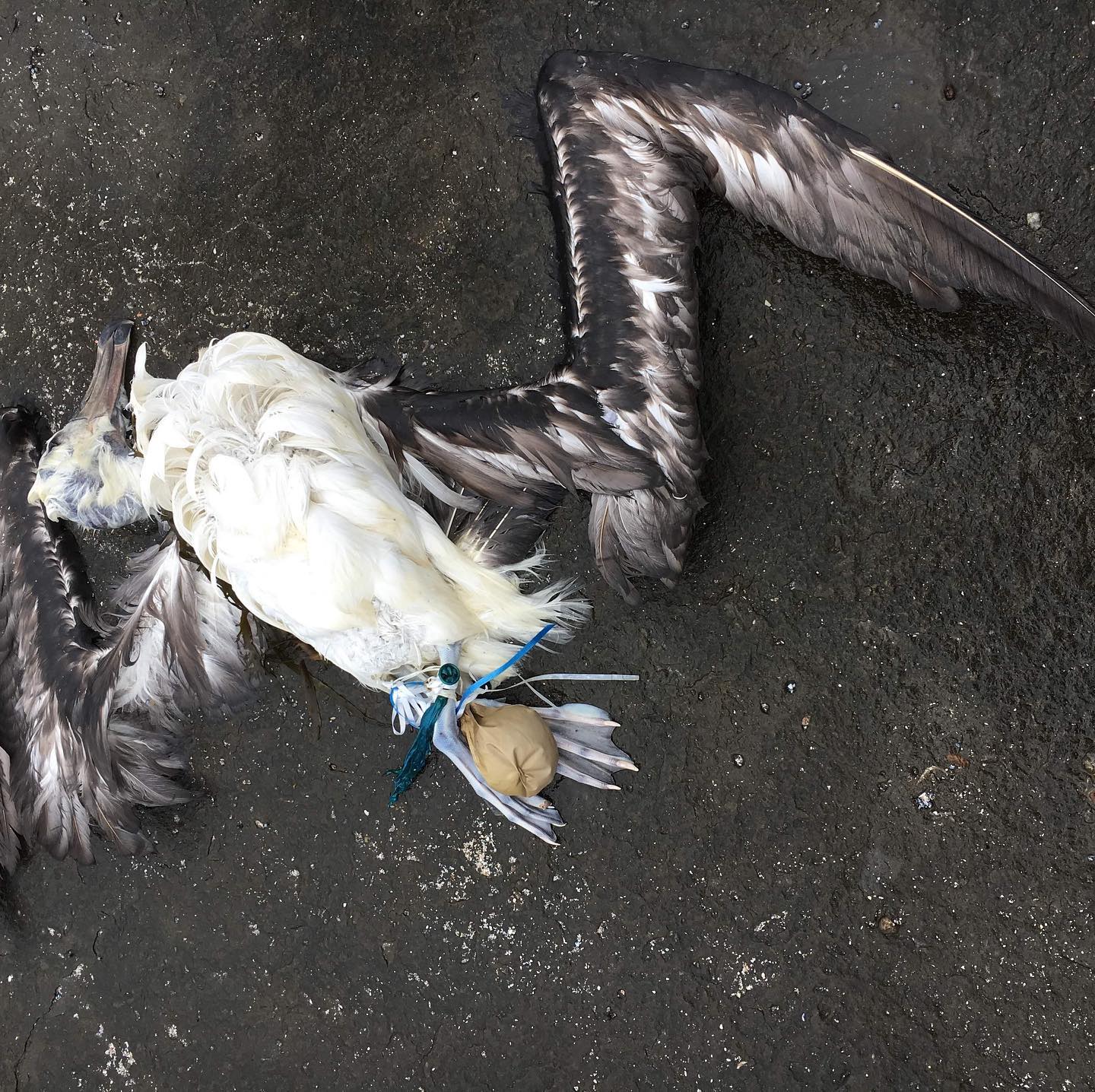
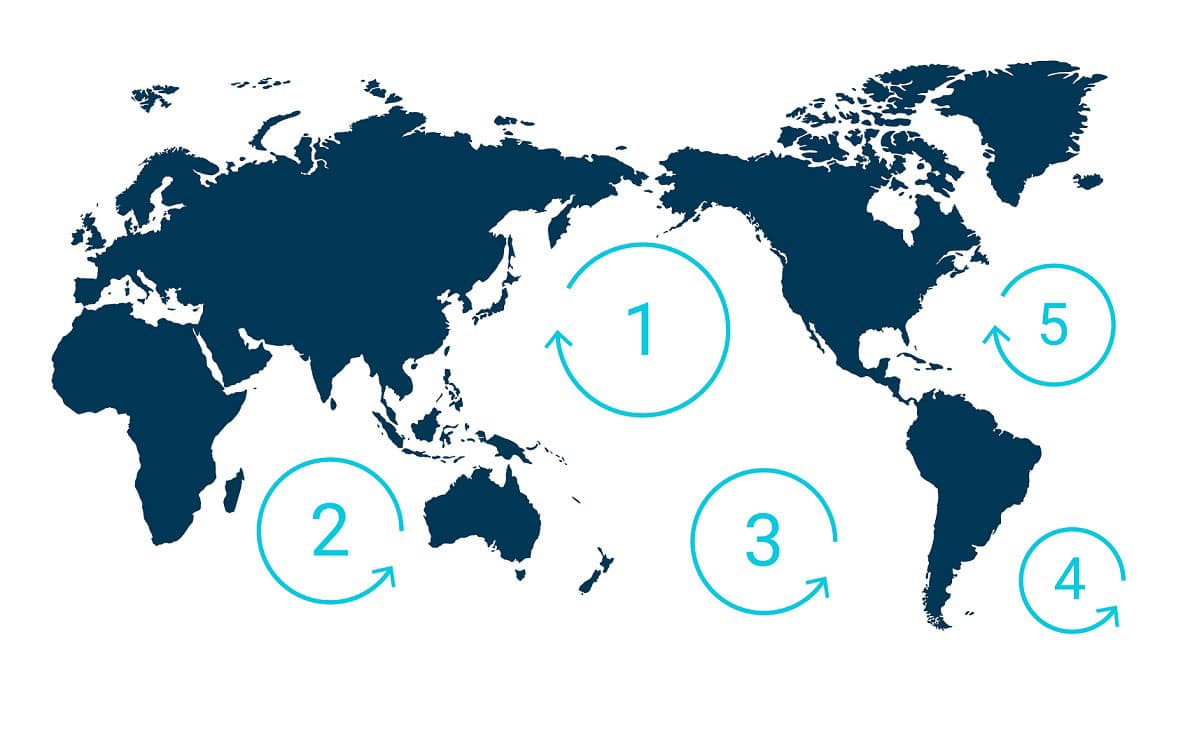
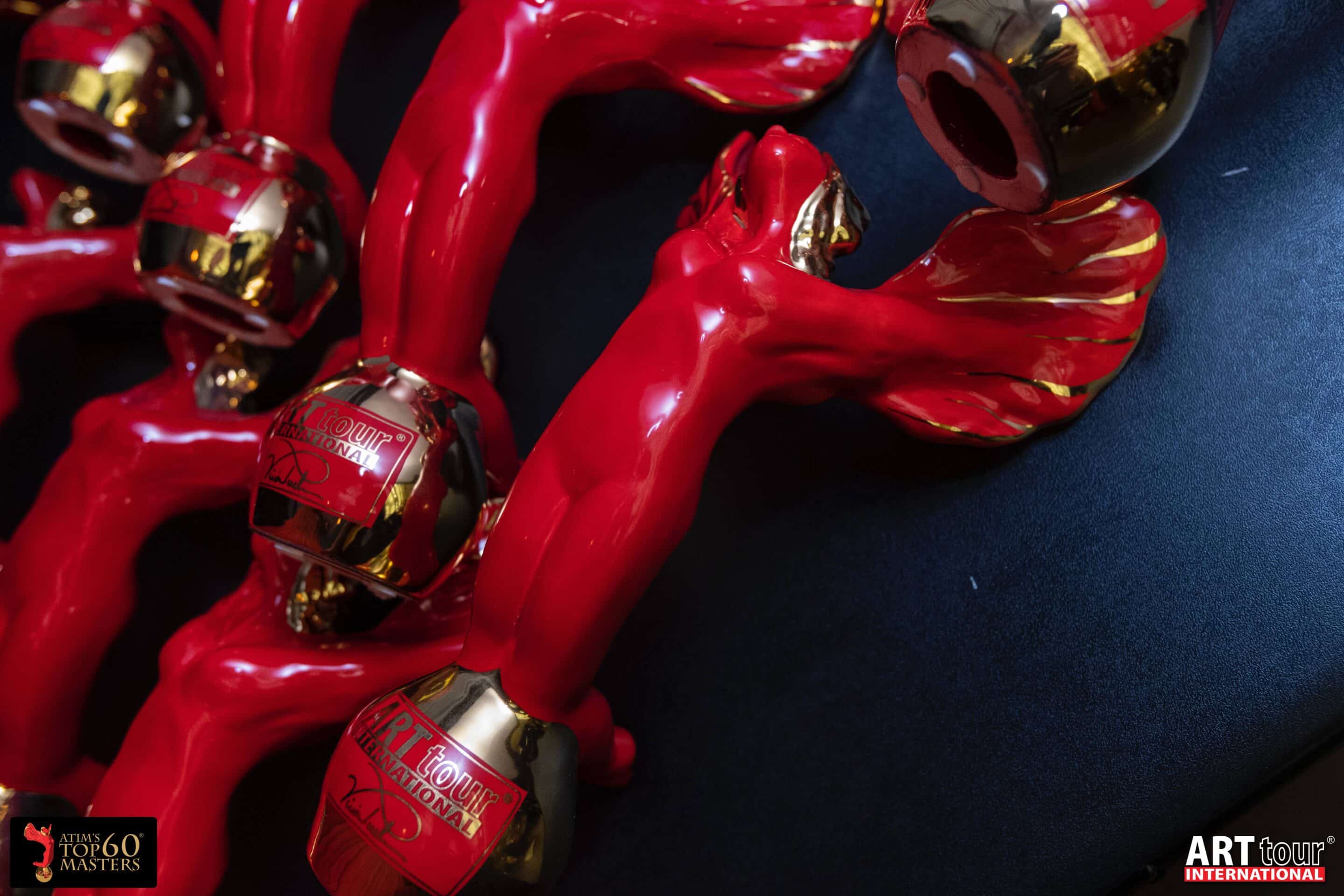



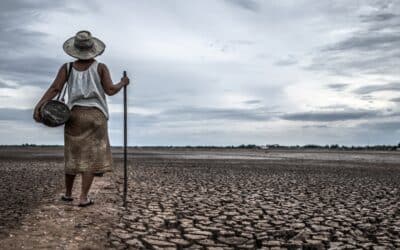

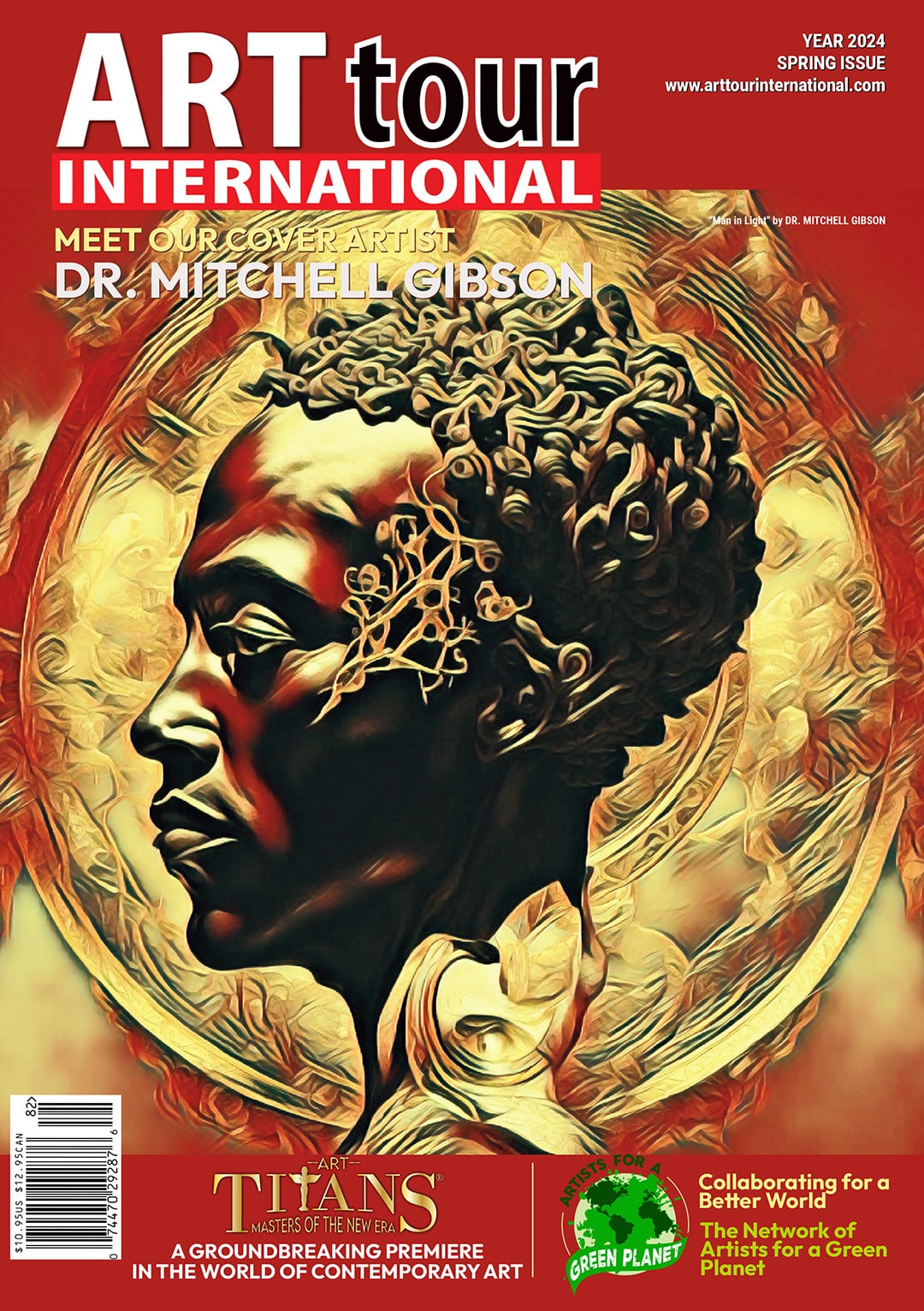
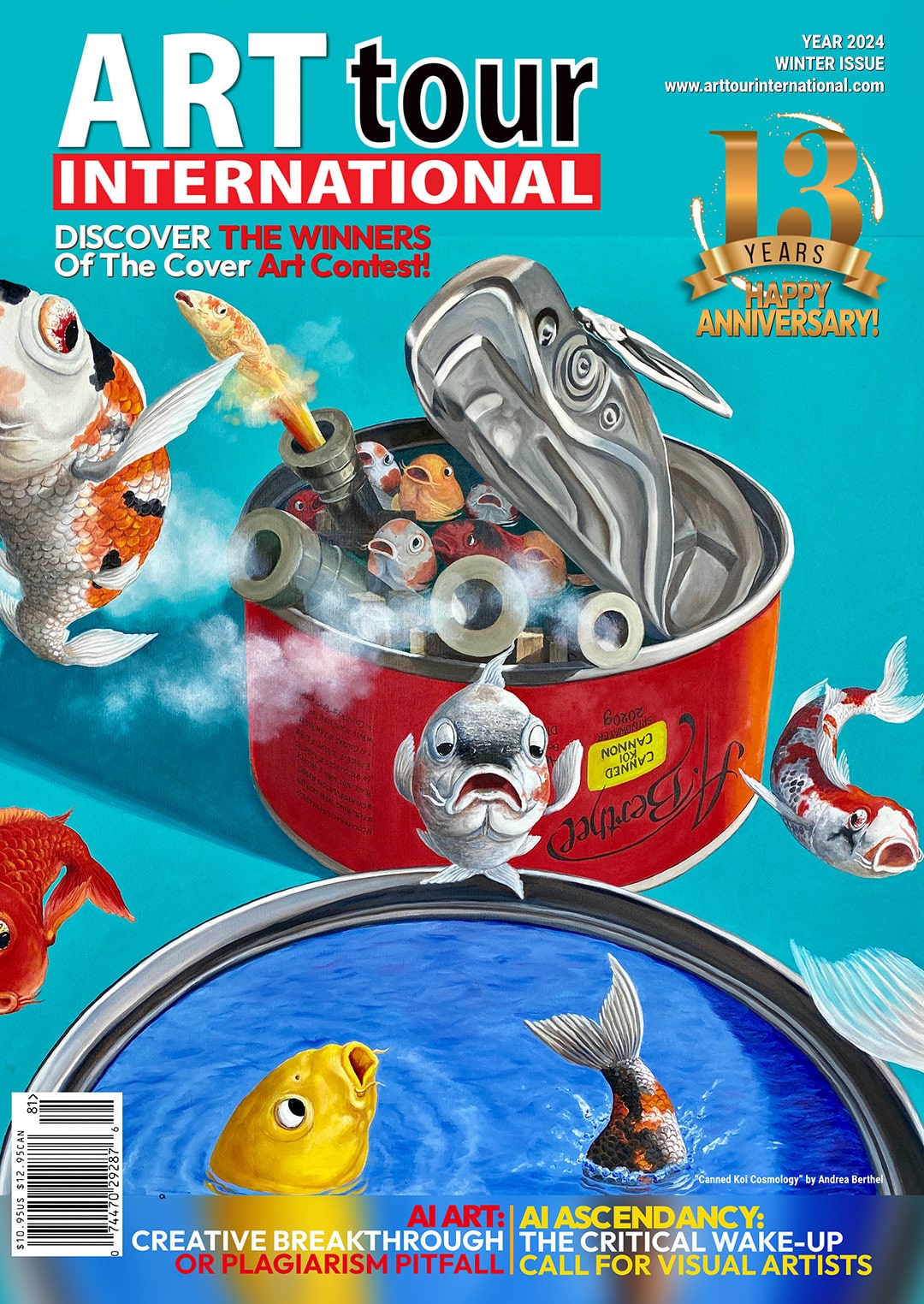
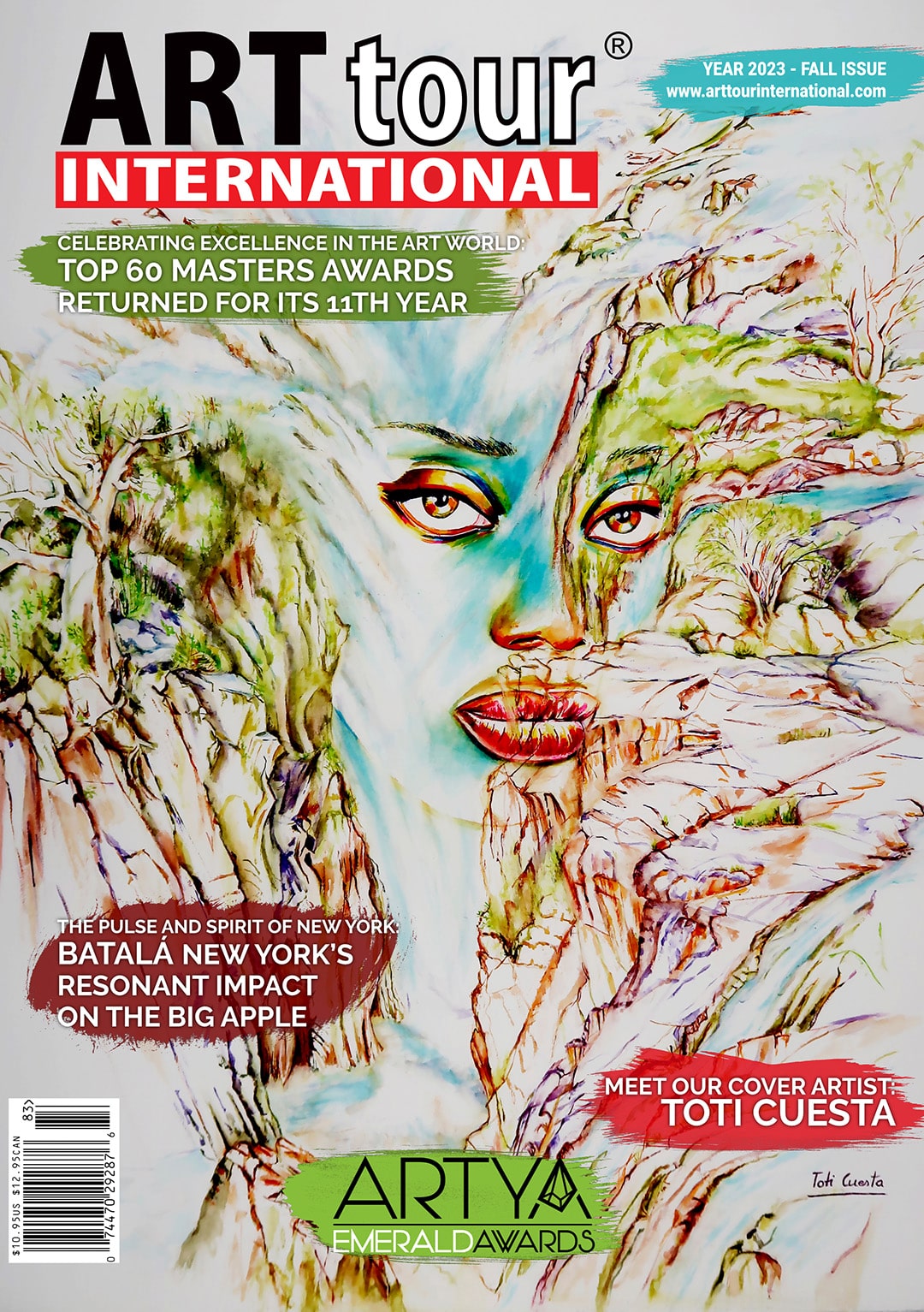





0 Comments